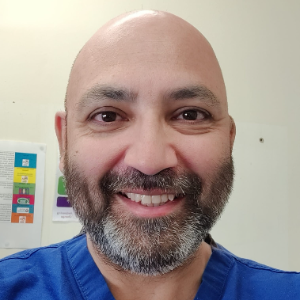General Orthopedists
Maintaining bone and joint health in patients of all ages often begins with broad, foundational care, where diagnosis and non-surgical solutions are emphasized before escalating to specialized interventions. These physicians often act as the first point of contact for individuals suffering from musculoskeletal pain, overuse injuries, or degenerative conditions. Their versatility allows them to treat a wide spectrum of conditions—from sprains and fractures to chronic disorders like osteoarthritis—making their insight invaluable in early detection and comprehensive case management. By coordinating referrals to subspecialists when necessary, they help streamline patient care and minimize delays in treatment planning.
The role of general orthopedists continues to evolve, particularly as they integrate advanced imaging tools, musculoskeletal ultrasound, and regenerative medicine into everyday practice. Many also work closely with primary care teams, sports trainers, and physical therapists to develop multifaceted care plans. With their ability to offer both conservative and surgical options, they bring flexibility and continuity that is critical for both acute injuries and long-term musculoskeletal wellness. In rural or underserved areas, these practitioners often carry the responsibility of providing a full spectrum of orthopedic care without the luxury of subspecialty backup. As healthcare shifts toward value-based models, general orthopedists’ broad clinical skills and ability to adapt to rapidly changing technologies position them as essential links in the orthopedic care chain.

Stephen S Tower
University of Alaska Anchorage, United States
Marcos Brioschi
American Academy of Thermology, United States
Wagih El Masri
Keele University, United Kingdom
Arif Akkok
Lake Erie College of Osteopathic Medicine, United States
Akash Ganguly
Warrington and Halton Hospitals NHS FT, United Kingdom
Sajid Ali
The Dudley Group NHS Foundation Trust, United Kingdom




Title : The UK profemur recall and implant cobaltism
Stephen S Tower, University of Alaska Anchorage, United States
Title : The tomographic phenotype and the genotype of wormain bones
Ali Al Kaissi, National Ilizarov Medical Research Center for Traumatology and Orthopaedics, Russian Federation
Title : New treatment of muscle contracture and joint contracture through muscle regeneration with mitochondrial dynamics
Ki Ji Lee, Busan Medical University, Korea, Republic of
Title : New treatment of sarcopenia through muscle regeneration with mitochondrial dynamics
Ki Ji Lee, Busan Medical University, Korea, Republic of
Title : The prevalence and association of self-reported depression symptoms with musculoskeletal pain and quality of life among pregnant women
Youssef Masharawi, Tel Aviv University, Israel
Title : Bipolar hemiarthroplasty under local anesthesia (2%)
Ketan Karabhai Parmar, Aayush Multispecialty Hospital, India